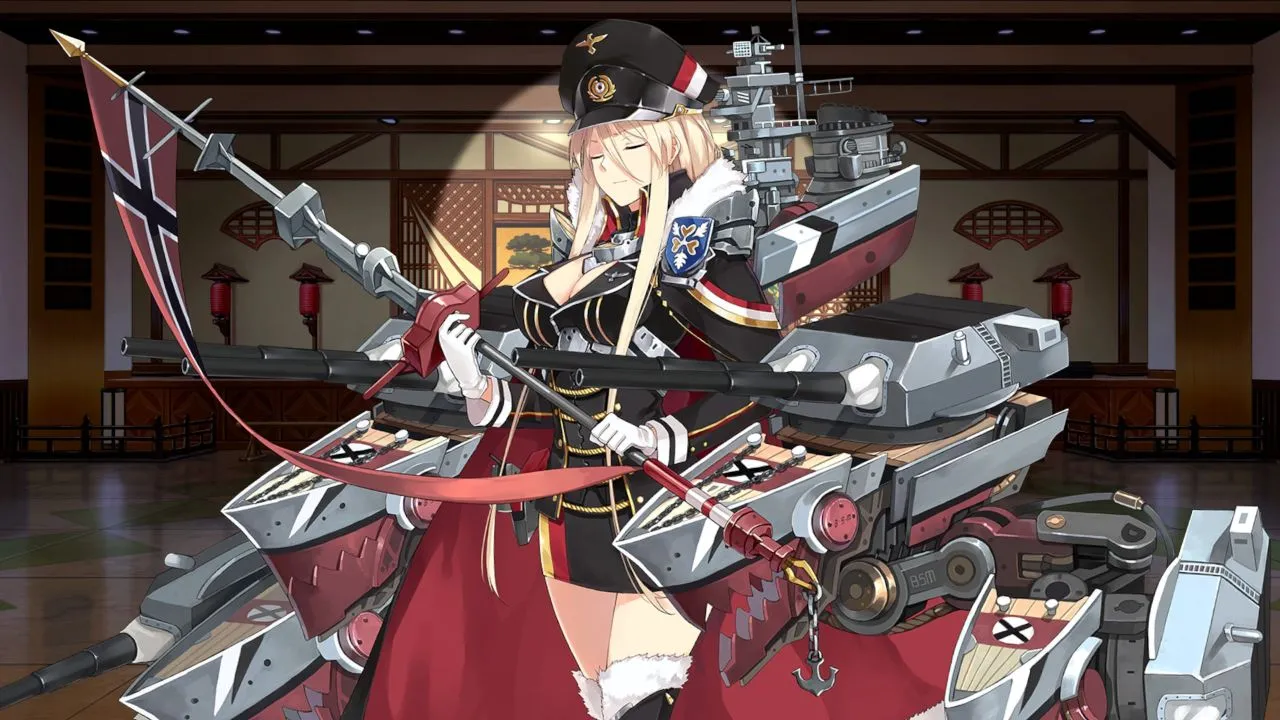
Azur Lane: Crosswave Review: Gorgeous Girls, Repetitive Gameplay
Contents
Azur Lane: Crosswave brings the popular mobile gacha game, Azur Lane, to consoles and PC. Originally a mobile game featuring anthropomorphic warships engaging in strategic naval battles, Crosswave offers a 3D action experience. This review explores the game’s visuals, story, and combat mechanics, highlighting both its strengths and weaknesses.
Eye-Catching Aesthetics
Compile Heart, known for the Hyperdimension Neptunia series, demonstrates its expertise in character design and visuals. Azur Lane: Crosswave successfully translates the 2D artwork of the original mobile game into stunning 3D models. The visual novel segments showcase detailed character portraits, while the combat sequences bring these characters to life with fluid animations and impressive effects. The shimmering water, explosions, and ship details create a visually appealing experience. Fans of the original Azur Lane will appreciate the faithful representation of their favorite characters.
 Bismarck’s in-game model showcases detailed design and weaponry.
Bismarck’s in-game model showcases detailed design and weaponry.
The game’s environments, while primarily open water, are well-rendered and contribute to the overall polished presentation. The visual effects during combat are also noteworthy, adding a sense of spectacle to the battles.
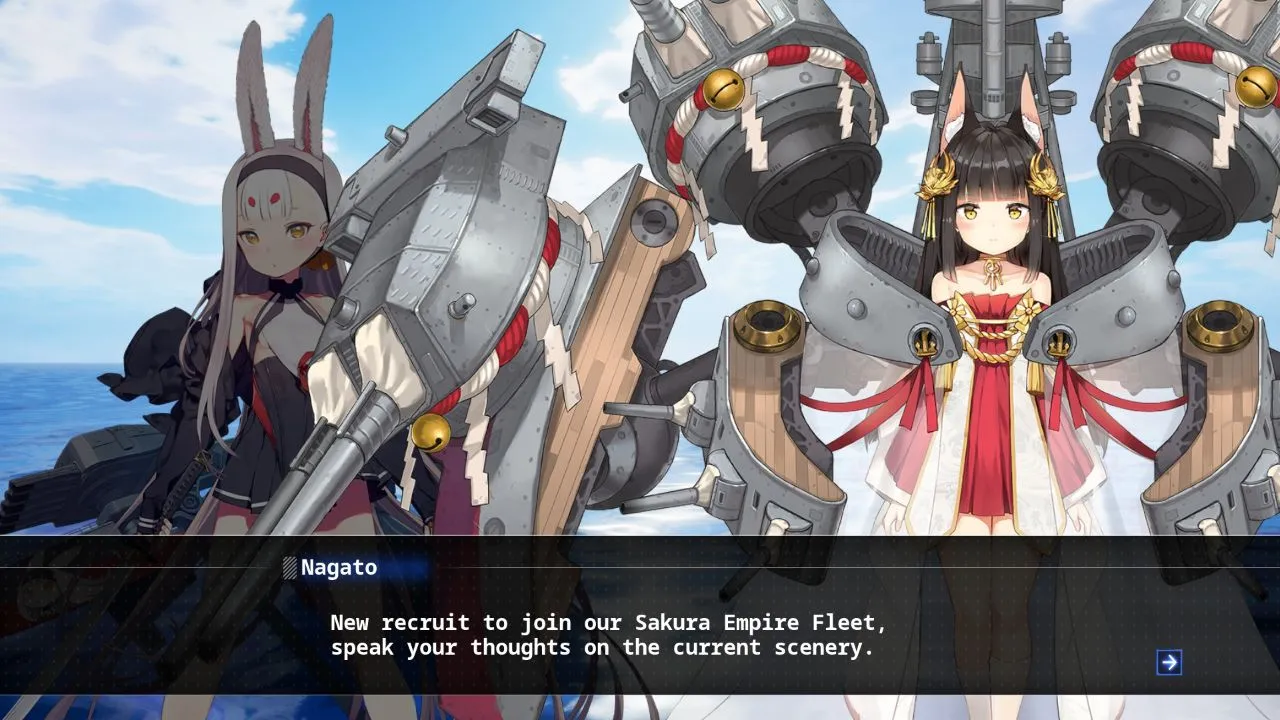 Combat sequences are dynamic and visually engaging.
Combat sequences are dynamic and visually engaging.
A Lighthearted Story with Depth
Azur Lane: Crosswave reimagines World War II as a series of friendly competitions between nations represented by anthropomorphic warships. The narrative follows Shimakaze, a newcomer to the Sakura Empire fleet, and Suruga, her seemingly aloof companion. Together, they investigate the mysterious Sirens and powerful cubes appearing around the world.
The story, while lighthearted and humorous, offers moments of genuine emotion and surprising depth. Character interactions are entertaining and often reflect historical relationships between the nations they represent, like the tension between Bismarck and Hood. The narrative’s blend of humor and deeper themes is reminiscent of the Hyperdimension Neptunia series.
 The game’s narrative features a cast of unique characters.
The game’s narrative features a cast of unique characters.
While the premise may seem simplistic, the story offers a compelling narrative with engaging character dynamics.
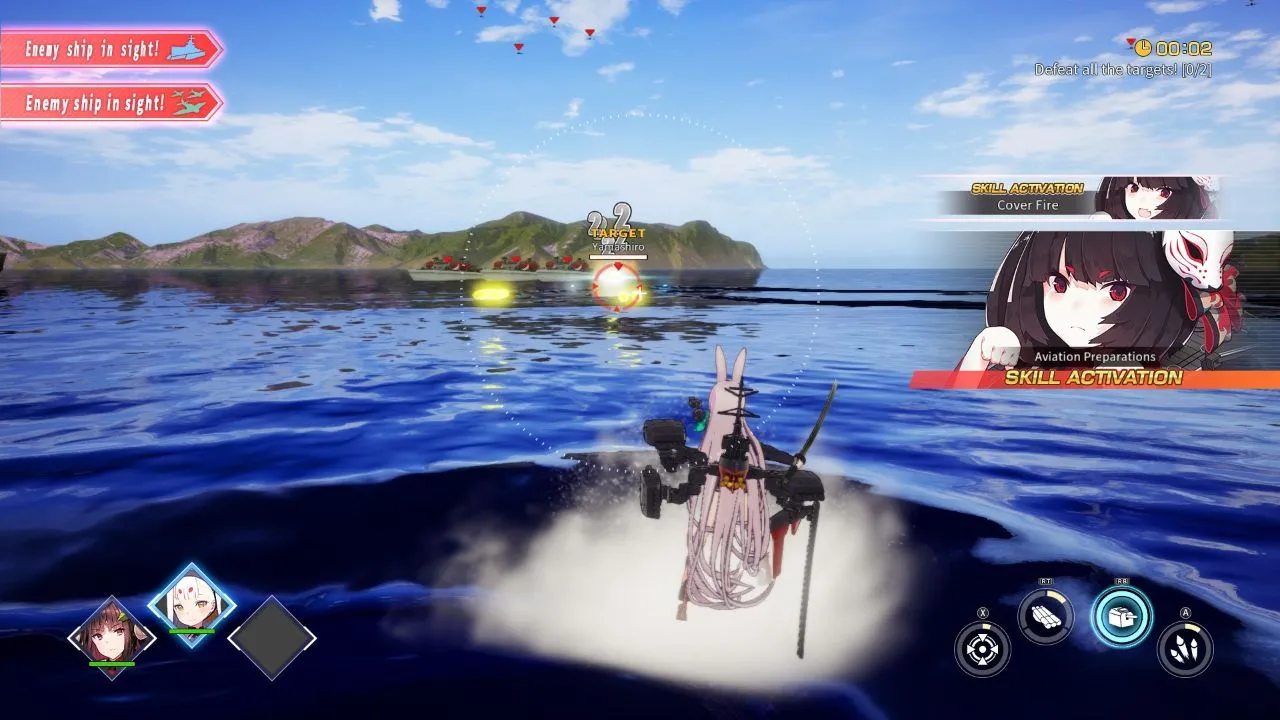 Character interactions are a highlight of the story.
Character interactions are a highlight of the story.
Engaging Combat, Initially
Azur Lane: Crosswave’s combat initially feels exhilarating. Players control a team of three warships, directly maneuvering one while the others are AI-controlled. Combat involves dodging enemy fire, aiming attacks, and unleashing special abilities. The fast-paced action and constant barrage of projectiles create a sense of urgency and excitement.
Repetitive Gameplay: A Major Flaw
Unfortunately, the combat’s initial appeal quickly fades due to repetition. Missions become predictable, with little variation in objectives or enemy types. Players repeatedly face the same enemies in the same environments, performing the same actions. The lack of strategic depth further contributes to the monotony. While character abilities differ, the core gameplay loop remains unchanged. Even the special abilities, while visually distinct, don’t significantly alter the combat experience.
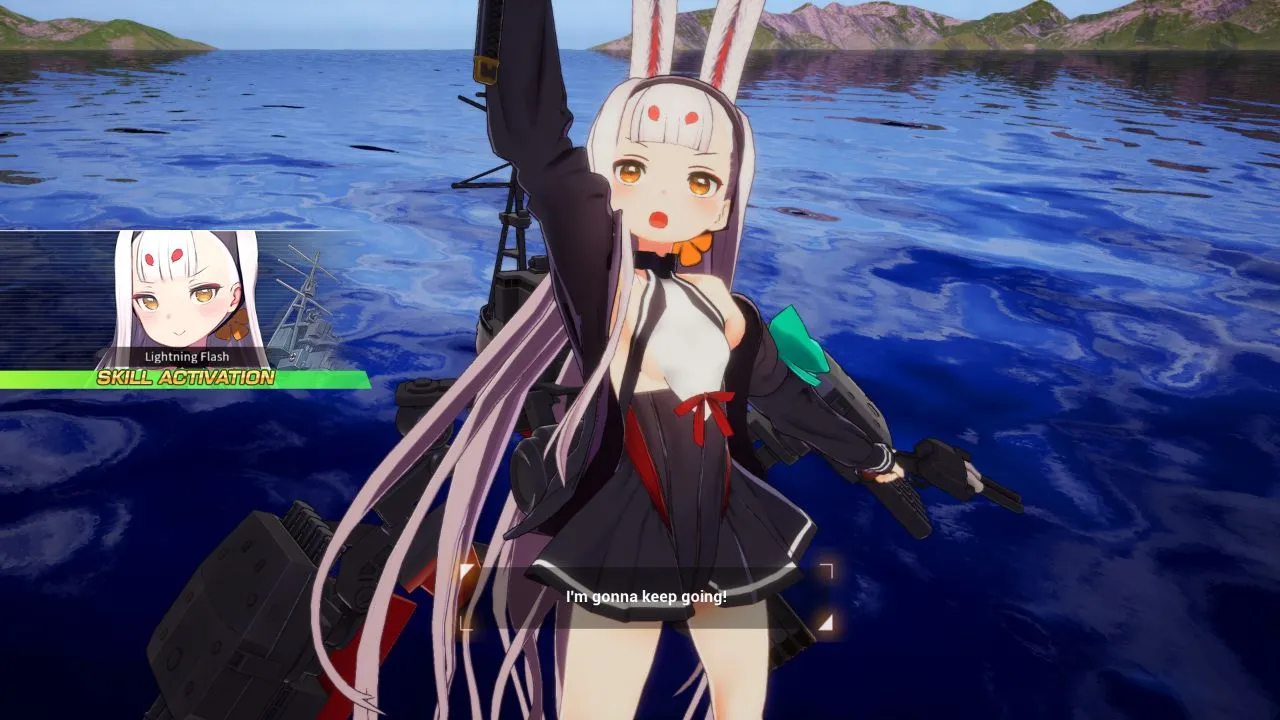 Repetitive gameplay becomes a significant issue.
Repetitive gameplay becomes a significant issue.
The game’s easy difficulty also diminishes the sense of accomplishment. The leveling and equipment systems become almost irrelevant as players easily achieve top ranks without much effort.
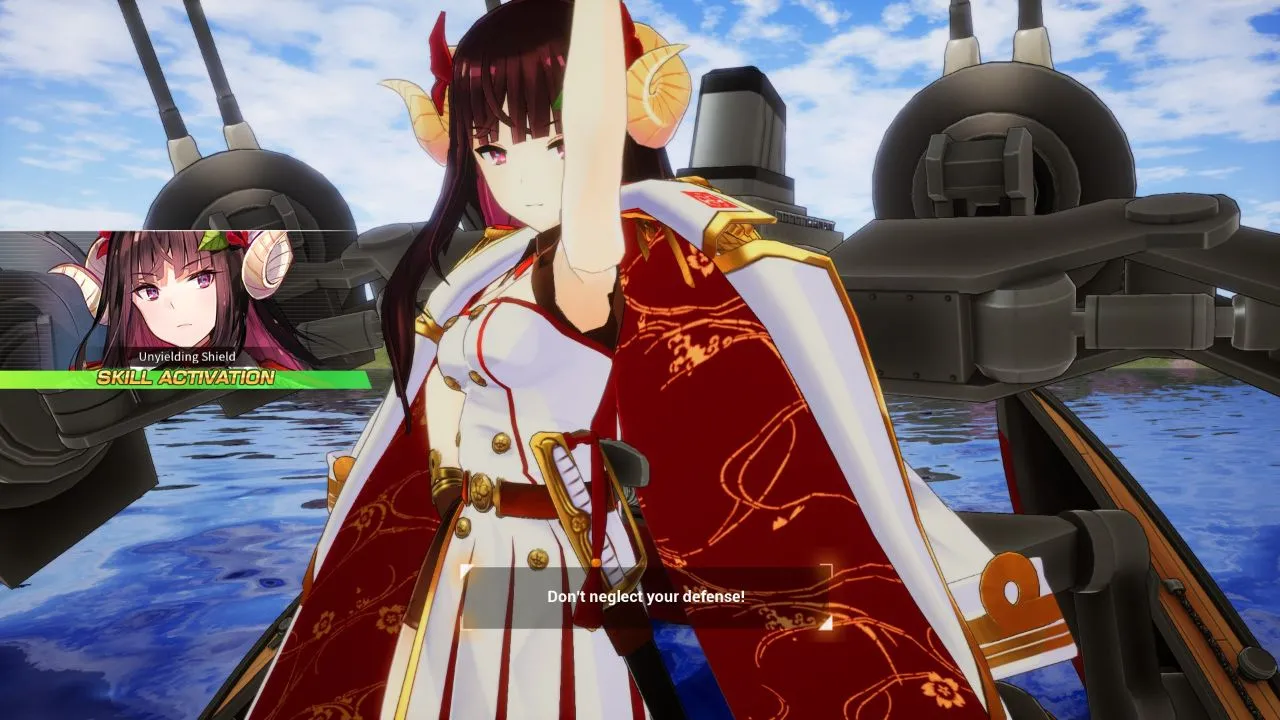 Lack of environmental variety contributes to the repetition.
Lack of environmental variety contributes to the repetition.
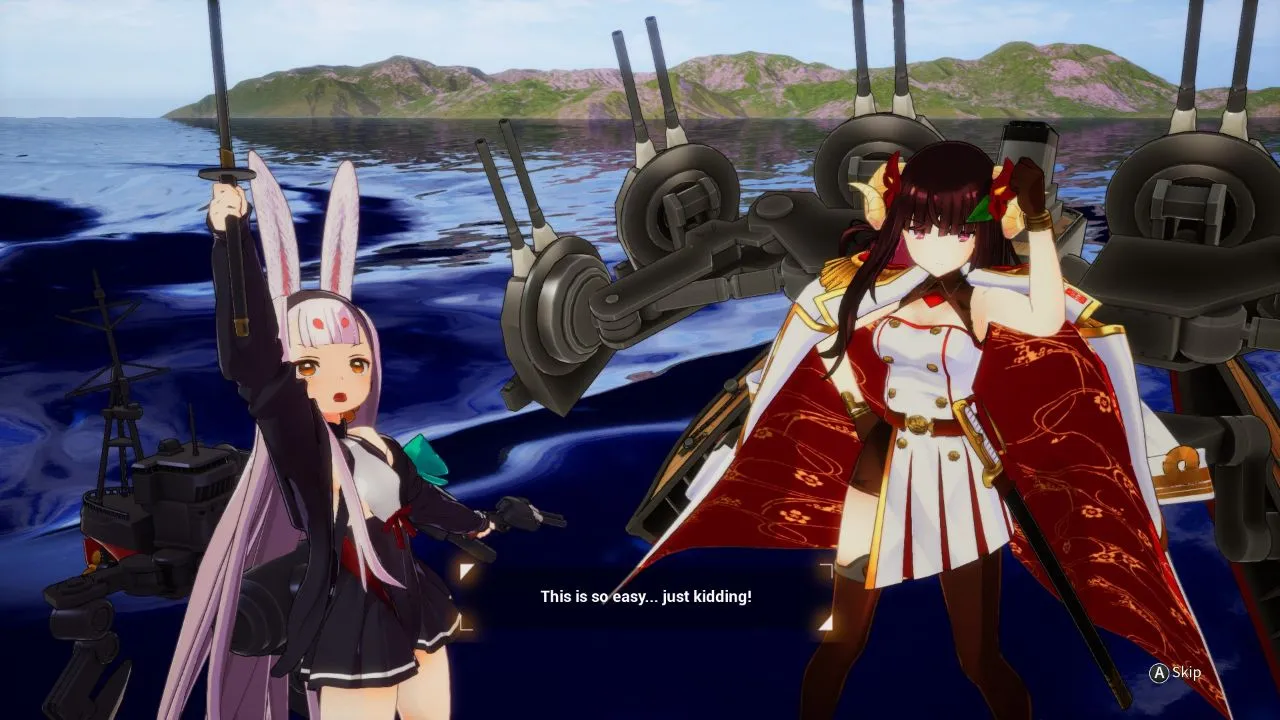 Repetitive enemy types and objectives further exacerbate the issue.
Repetitive enemy types and objectives further exacerbate the issue.
Conclusion
Azur Lane: Crosswave boasts impressive visuals and a surprisingly engaging story. However, the repetitive combat mechanics ultimately detract from the overall experience. While fans of the original Azur Lane may enjoy seeing their favorite characters in 3D, the shallow gameplay may disappoint those seeking a challenging and engaging action experience. The game’s strengths lie in its presentation and narrative, but the repetitive combat prevents it from reaching its full potential.





Comments (0)